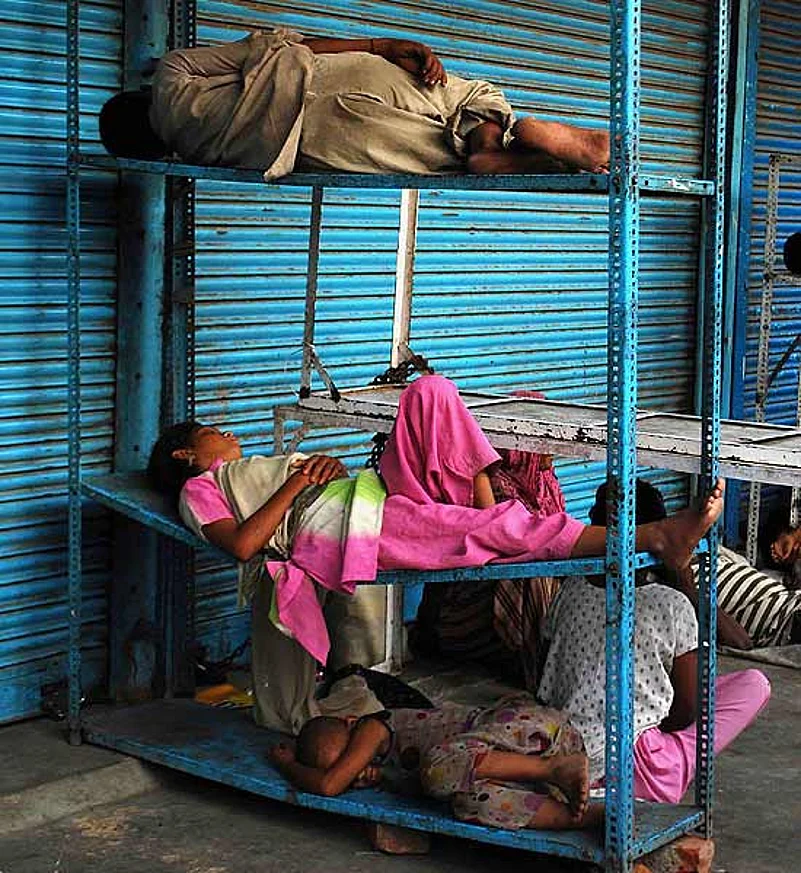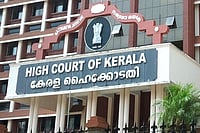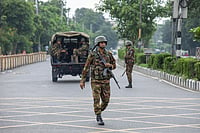The contemporary urban condition in India symbolises two simultaneous transitions at play in the political landscape—moving out of socialism and into capitalism, or, from state-controlled imaginations of the city to a free-market production of the built environment. In the synchronous occurrence of transitions, which often are in play for decades, the built environment is naturally a muddle; with the fallouts of each condition finding expression in the physical form of the Indian city. Ruptures in the urban fabric and startlingly bizarre adjacencies characterise the city that evolves with these narratives colliding in urban space. The two narratives, or political rhetoric, that then are posed against each other are of ‘building a global city’, pandering to global capital, and of developing a city that is premised on nurturing a civil society as well as one that’s equitable in terms of access to amenities. Clearly, the former is propelled by impatient capital and articulated as an aspiration by private interests such as multinational corporations, developers, and increasingly, the state itself! The latter is a voice that emanates from the academy, the non-government sector, foundations, institutions, labour unions and all other formations where ‘capital’ acquires patience to reside and grow in more inclusive ways.
The physical paraphernalia of these opposing city aspirations is dramatically different. In the former, the ground has to be prepared to allow capital to land softly and securely. This results in the deployment of a standard tool kit: airports, freeways, five-star hotels, convention centres, subways or elevated rail systems, followed by preservation of historic buildings (to assert local identity) and a general clean-up of the streetscape. In this configuration, the rich retreat into gated communities both in the form of vertical towers in the inner city and sprawling suburban compounds on the periphery. The architecture that results from this attitude often displays a complete detachment from its ambient environment as well as the place and community in which it is set. Furthermore, its tectonic quality and materiality is most often unmindful of local resources and traditions of building. Such architectural production is usually a quick response to large-scale infrastructure projects (such as posh housing, hospitals, schools, colleges and commercial development) that allow private participation in otherwise largely government-controlled sectors. Most importantly, this form of global architecture thrives on its perceived competence to provide predictable and stable services for impatient capital searching for a host terrain in which to invest.

The stark asymmetries of city life breed tensions. (Photograph by Sanjay Rawat)
Simultaneously, the other emerging landscape in India is one that is naturally evolving in a vacuum, resulting from the retreat of the state. This is a city that has resulted from the state giving up the responsibility of projecting an ‘idea of India’ through the built or physical environment. Today, while the major state-directed projects are highways, flyovers, airports, telecommunications networks and electricity grids which connect urban territories, they don’t contribute to determining or guiding their physical structure like the masterplans did in the state-directed (socialist) economy. At the very least, the masterplans aspired to create entitlement to housing and proximity to employment. Instead, the space of the ‘everyday’ has become the place where economic and cultural struggles of the majority are manifested, and the physical shape it takes is that of a bazaar or informal city. These are the landscapes of the self-help settlements—called slums—on the periphery of cities that grow outside the formal state-controlled urban limit. Similarly, the 300-plus small towns in India expected to become cities of close to 1 million people (and perhaps more) in the next two or three decades are producing forms of urbanism outside the mainstream discussion on architecture or urban planning.
This emerging landscape is the image of the urban Indian condition. The processions, weddings, festivals, hawkers, street vendors and slum-dwellers all create an ever-transforming streetscape—a city in constant motion where the very physical fabric is characterised by the kinetic elements. This city is not dependent on architecture for its representation. In this kinetic urbanism, architecture is not the only ‘spectacle’ upon which society relies to express its aspirations, nor does it even comprise the single dominant image of most Indian cities. Quite in contrast, festivals such as Diwali, Dussehra, Navratri, and many more have emerged as the visual and representational spectacles of contemporary India. Their presence on the everyday landscape pervades and dominates the popular visual culture of India’s cities and towns.
Posed against this imagination is a new landscape of global derivatives or the images of globalisation. And it is an irony—the collusion of consciously dysfunctional land markets and exclusionary design and planning at multiple scales that has created this deeply contested fabric of contemporary urban India. Interestingly, in this condition both the rich and poor communities have managed not just to survive, but also to thrive. However, this reality is constantly challenged by the world-class city idea and slum-free city imagination. The government and financial institutions often propel this by a poorly informed appreciation of Singapore, Dubai and Shanghai—the havens of impatient capital set in autocratic political landscapes: cities where ‘humans’, and especially the poor, are not even considered in the imagination of the physical plant they will inhabit. In a democracy, citizens must be placed at the centre of any imagination of the city. A humane and sustainable city must necessarily be premised on access to basic infrastructure and patterns of mobility that will determine how it grows and how people have equitable access to these amenities. In democracies, cities must be judged by how they treat their poor. It is really the choice between these two directions—attitudes to city building—that will be central to the discussion about the future of urban India: a choice between constructing equitable cities or being bullied by impatient capital.
Rahul Mehrotra is a Mumbai-based architect and professor and chair of the urban planning & design department at the Graduate School of Design, Harvard University


























